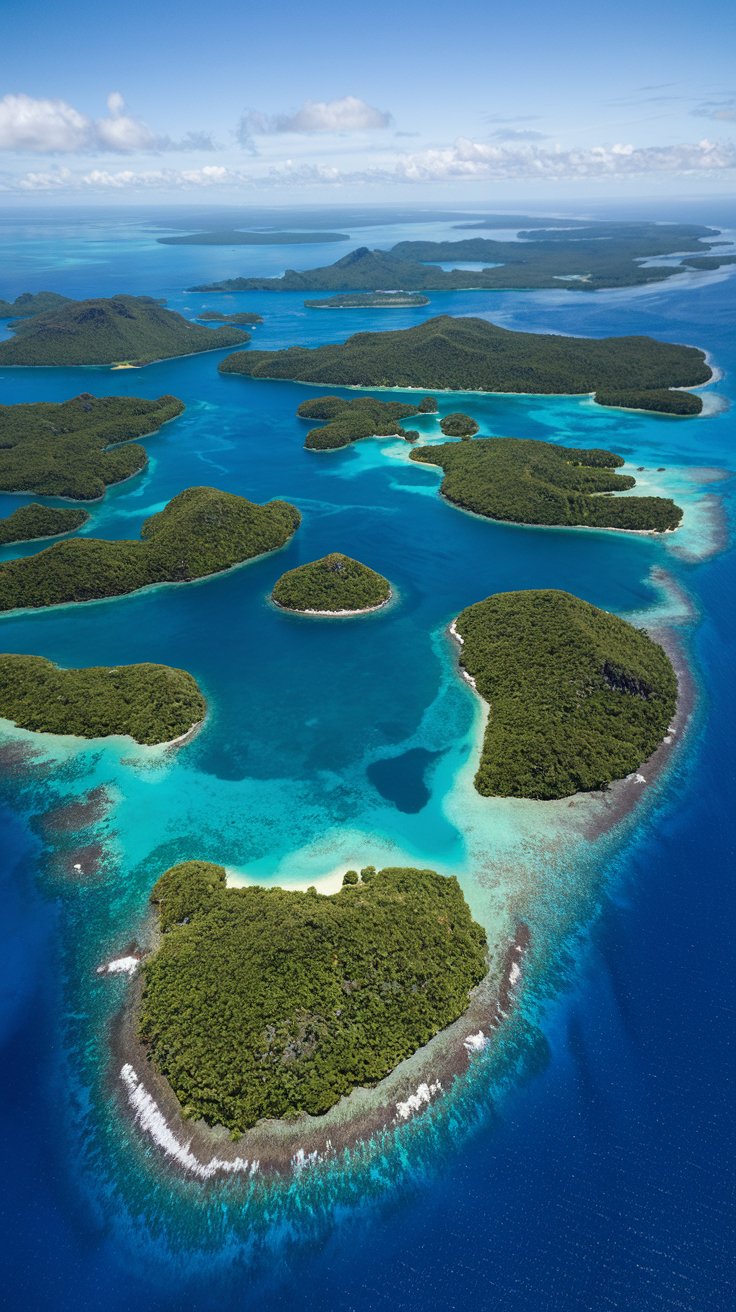The idea of being stranded on a deserted island has fascinated people for generations, fueling the imagination behind films like Cast Away and TV shows like Lost. But perhaps the most iconic tale of isolation is Daniel Defoe’s 1719 novel Robinson Crusoe. The story was likely inspired by the real-life experience of Alexander Selkirk, a Scottish sailor who spent four years marooned on a remote island. That very island—originally called “Más a Tierra”—was renamed Robinson Crusoe Island in 1966. While it now has about 600 residents and modern infrastructure like an airstrip and satellite internet, the dream of discovering a truly untouched island still lives on. Around the world, real uninhabited islands continue to spark the creativity of writers, filmmakers, and adventurers alike.
10. Auckland Islands
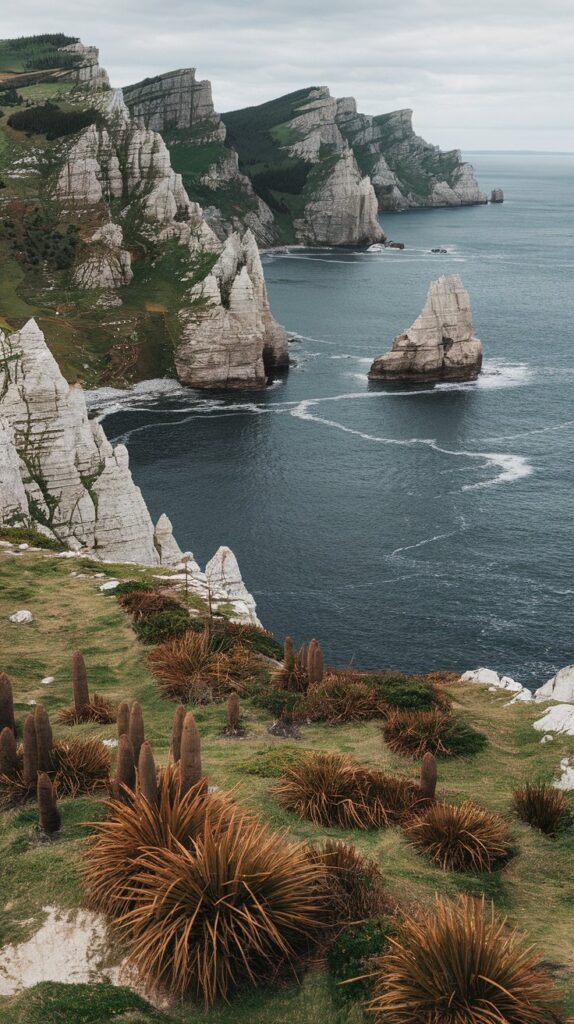
Part of New Zealand’s Sub-Antarctic Islands, the Auckland Islands are rugged and remote. Archaeologists have discovered signs of a Polynesian settlement on Enderby Island, dating as far back as the 13th century. It’s believed to be the southernmost settlement by Polynesians ever found. The islands were rediscovered in 1806 by whalers who found them deserted. Today, the wild beauty of these uninhabited islands remains untouched, offering a rare glimpse into ancient history and raw nature.
9. Mu Ko Ang Thong
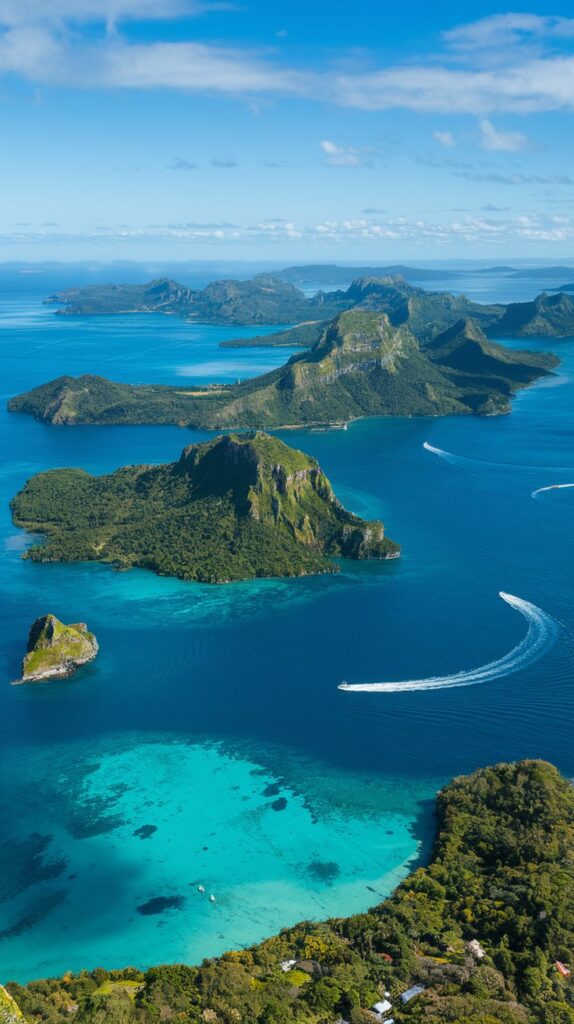
In the Gulf of Thailand lies a hidden gem: Mu Ko Ang Thong. This archipelago of about 40 islands is named “bowl of gold,” and it’s easy to see why. These dramatic limestone cliffs rise from turquoise waters, with lush tropical forests and dazzling beaches to explore. Most of the islands are completely uninhabited, though Ko Paluay is home to a small community of sea gypsies. From snorkeling to sunbathing, this area is a favorite day-trip destination from Ko Samui for travelers seeking wild beauty.
8. Ball’s Pyramid

Ball’s Pyramid is a towering rock island southeast of Australia’s Lord Howe Island, standing an incredible 562 meters high. Formed by a volcanic eruption over seven million years ago, it is the tallest volcanic stack in the world. In 1965, a team of climbers reached the summit for the first time. Even more fascinating, a stick insect species long thought extinct was rediscovered here, clinging to life in this rocky outcrop’s sparse vegetation. Ball’s Pyramid remains one of the most surreal and mysterious islands on Earth.
7. Cocos Island
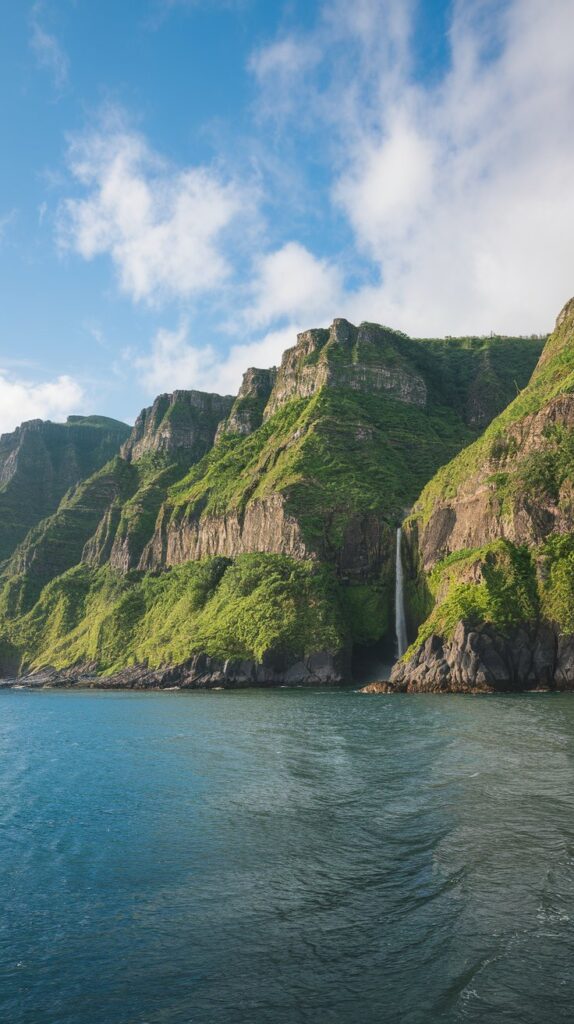
Rising from the Pacific Ocean about 300 miles off Costa Rica’s coast, Cocos Island is shrouded in thick rainforest and mystery. It’s a protected national park, and tourists can only set foot on it with permission from park rangers—the island’s only residents. Divers flock here for world-class underwater experiences, while treasure hunters are lured by legends of buried pirate loot, including the fabled Inca gold. Whether you’re searching for treasure or simply untouched beauty, Cocos Island is a dream come true.
6. Phoenix Islands
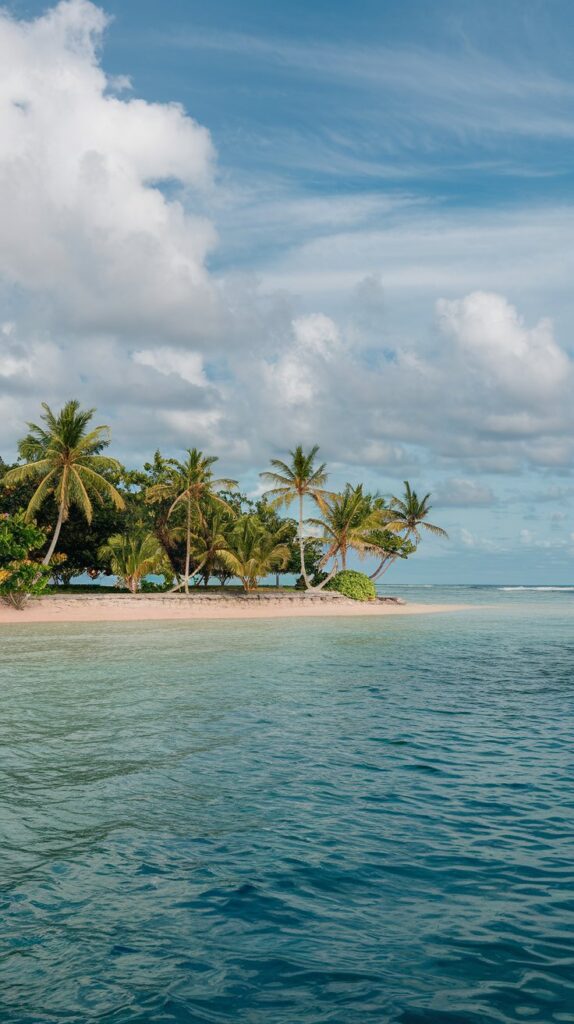
Located in the heart of the Pacific Ocean, the Phoenix Islands include eight atolls and two submerged coral reefs. These isolated islands are part of Kiribati and were designated a marine protected area in 2008, making it the world’s largest at the time. With untouched coral reefs, thriving marine life, and a variety of bird species, the Phoenix Islands are a true ecological treasure. These unspoiled environments offer a rare opportunity to experience nature as it once was.
5. Mamanuca Islands
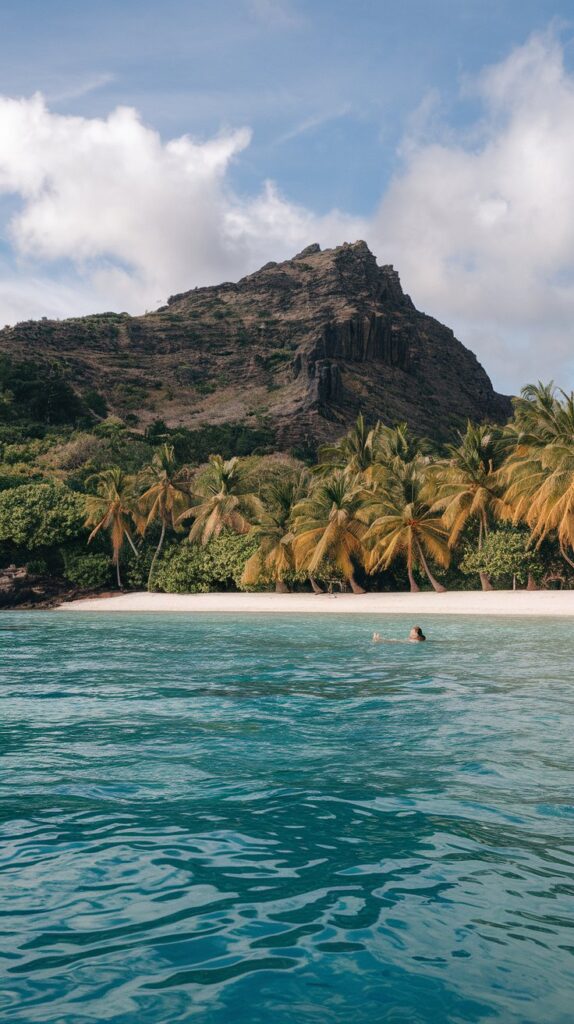
The Mamanuca Islands in Fiji are famous for their beauty, white sand beaches, and luxury resorts. But not all of these 20 volcanic islands are inhabited. Some remain wild and untouched, perfect for a quiet escape. One tiny island, Monuriki, was the filming location for the 2000 movie Cast Away. Ironically, it’s not on Castaway Island, despite the film’s title. With crystal-clear waters and rugged coastlines, the Mamanuca Islands offer both luxury and isolation in equal measure.
4. Tetepare Island
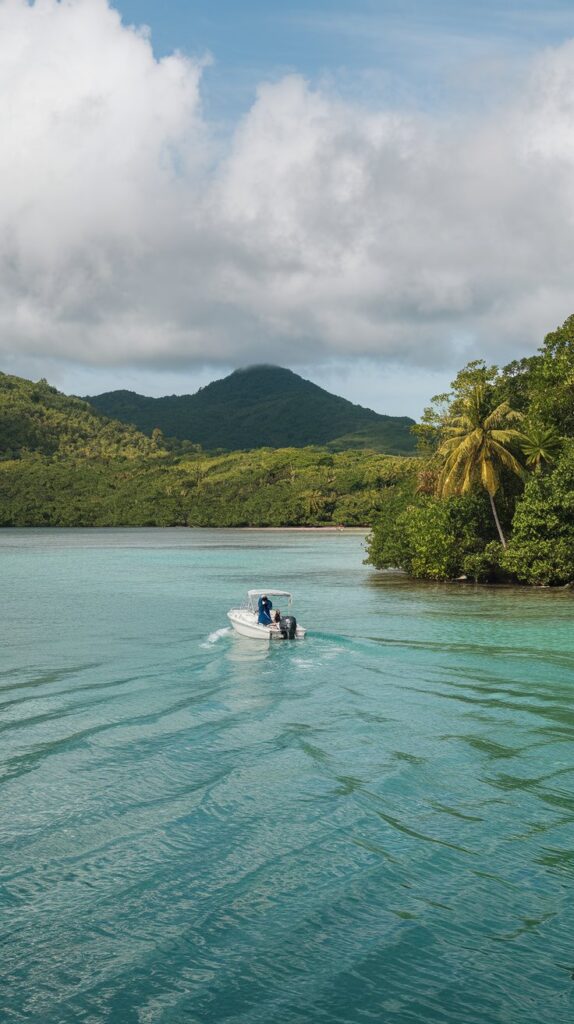
Tetepare, part of the Solomon Islands, holds the title of the largest uninhabited island in the South Pacific. It’s cloaked in ancient rainforest and surrounded by vibrant coral reefs. The island was mysteriously abandoned nearly 200 years ago, but its descendants have returned—not to live, but to protect it. Through a community-based conservation project, they’ve preserved its natural state, allowing researchers and tourists to explore its forests and waters with minimal impact.
3. Maldives Desert Islands
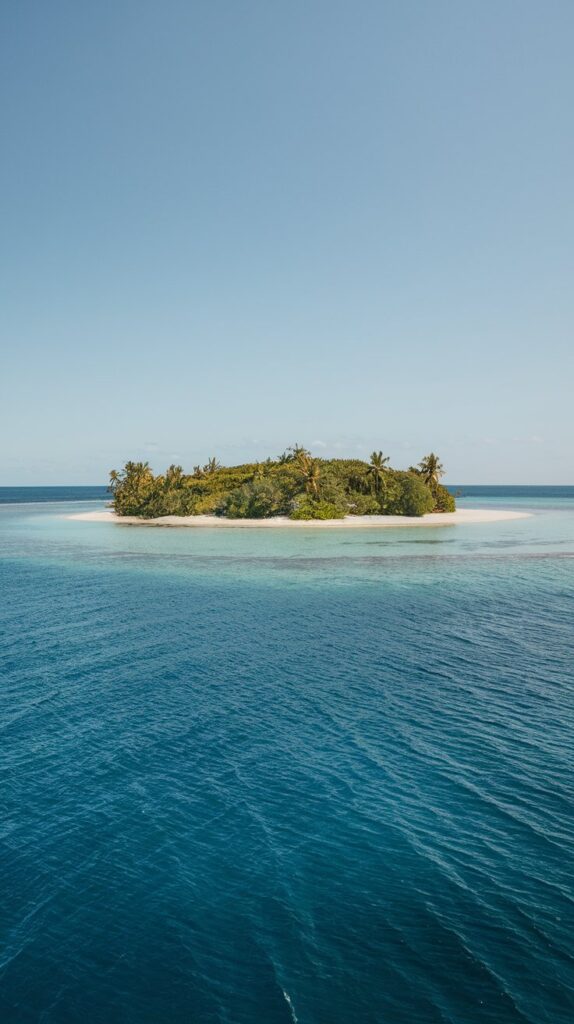
The Maldives is a collection of over 1,000 coral islands scattered across the Indian Ocean. While many are developed into luxury resorts or home to local communities, hundreds remain deserted. In fact, many resorts even offer “desert island” excursions, where guests can spend a day—or even a night—completely alone on a nearby uninhabited islet. With white-sand beaches and clear blue water, these islands are the stuff of travel dreams.
2. Aldabra

Located over 1,000 kilometers from the main Seychelles island of Mahé, Aldabra Atoll is one of the most isolated places on Earth. It’s home to 152,000 giant tortoises—the largest population of these gentle reptiles in the world. The island is so remote that it has remained largely untouched by humans. With hammerhead sharks, manta rays, and coconut crabs among its wild residents, Aldabra is a sanctuary for both land and sea creatures. It’s also a vital breeding ground for green and hawksbill turtles.
1. Rock Islands

Floating in Palau’s Southern Lagoon, the Rock Islands are a cluster of over 250 mushroom-shaped limestone islets. These otherworldly formations are mostly uninhabited, yet they draw visitors from around the globe. Famous for Jellyfish Lake, where snorkelers can swim with harmless jellyfish, the islands are a haven for nature lovers and adventurers alike. Their dramatic shapes, turquoise waters, and hidden beaches make the Rock Islands one of the most enchanting uninhabited places on Earth.

